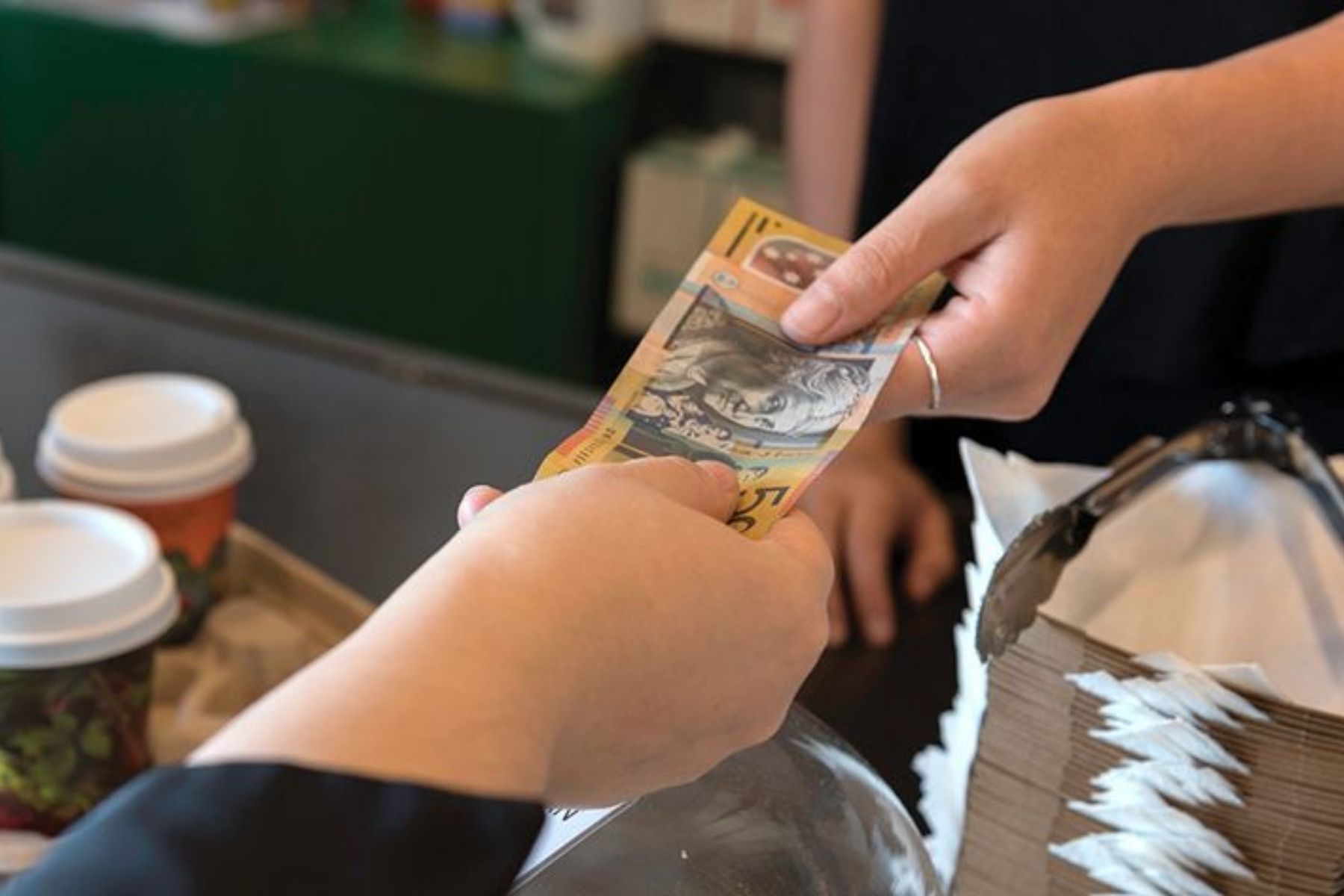If you accept cash payments, make sure you know how to spot fake banknotes so you don’t find yourself out of pocket.
Counterfeit money, in particular fake $100 notes, can often creep into circulation in particular during festive and holiday periods.
Remember: you’re within your rights to refuse to accept a banknote If you suspect it's counterfeit.
Tips to spot fake banknotes
- Genuine notes are made of plastic and will bounce back if scrunched in your hand.
- Check the clear window, it should be part of the banknote, not an addition.
- You shouldn’t be able to scratch the white image on the window of $20, $50 or $100 notes.
- When you hold the banknote to the light, you should see the Australian Coat of Arms.
- Look for the ‘star’; diamond-shaped patterns are printed inside a circle on both sides of the banknote. When you hold it up to the light, the patterns should line up perfectly to form a seven-pointed star.
- The printing should be sharp. Check for irregularities such as less clearly defined patterns, and thicker or thinner lines, or colour differences.
- If you hold the note under a magnifying glass, you should see tiny, clearly defined words.
- Overall, genuine banknotes don’t fluoresce, apart from the serial number and special patches that do fluoresce under UV light.
When checking a banknote inspect a range of features from the list above, don’t rely on just one or two.
What to do if you suspect a banknote is fake
If you have accepted a banknote that you think could be a fake, follow these steps:
- Handle it as little as possible and store it in an envelope.
- Note all relevant information such as how it came into your possession and report the matter to the police.
- If you’re photographing the note, ensure that you include the serial number.
Learn more about counterfeit note detection on the Reserve Bank of Australia website.




